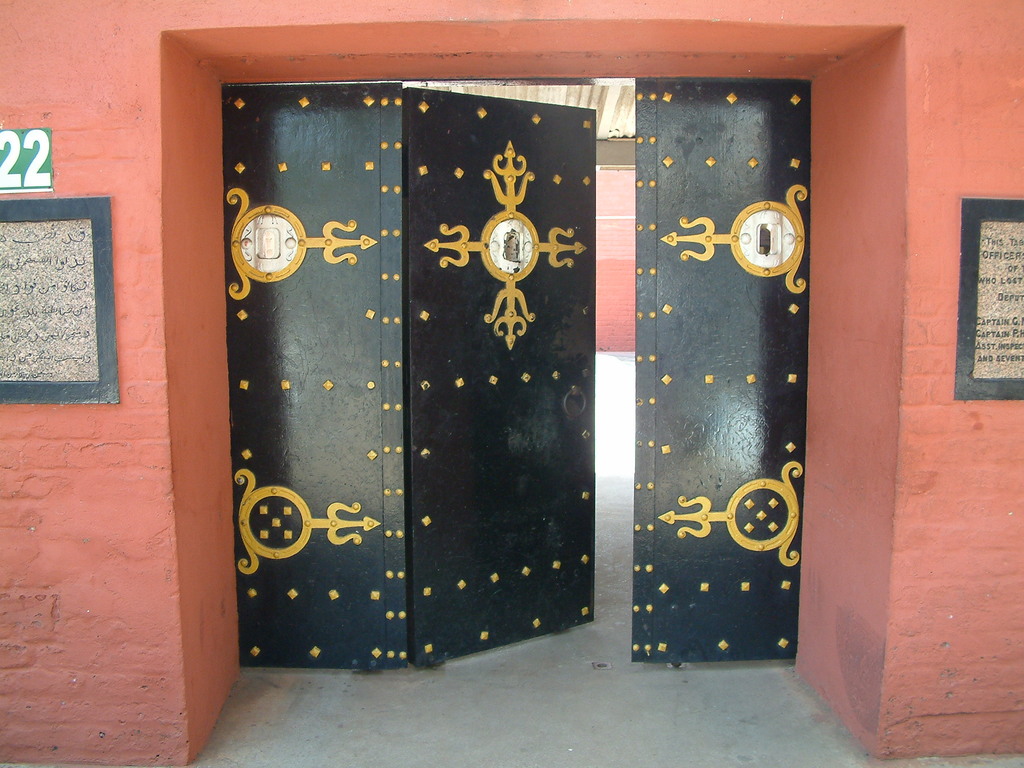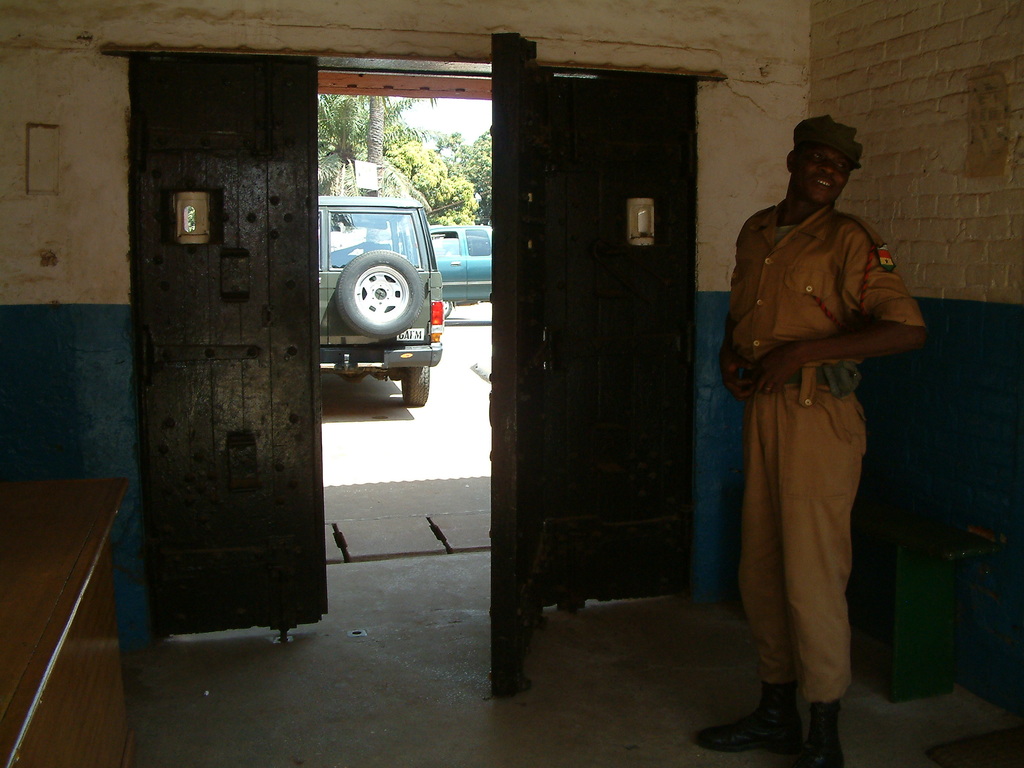
Inspired by the architectural style and strategic layout of European coastal forts, particularly those controlled by the British, Dutch, and Portuguese, the Asante leadership commissioned a fort-like structure in Kumasi. Its purpose was both symbolic and strategic: to demonstrate the Asante’s sovereignty and military sophistication and to serve as a defensive stronghold in the empire's capital.
The original Asante-built fort was constructed using local materials and traditional methods, though it mimicked the bastioned layouts and thick-walled stone architecture of European models. Its existence reflected the Asante's understanding of military architecture and their determination to control their own political and trade interests from the interior, independent of coastal European influence.
The rising tensions between the Asante and the British culminated in a series of military confrontations known as the Anglo-Asante Wars. The British aimed to dismantle the Asante’s influence in the interior and expand their colonial control beyond the coastal regions.
In 1896, during the British invasion of Kumasi, the original Asante fort was destroyed. The British removed the Asantehene Prempeh I and exiled him, effectively dissolving the Asante state as an independent entity. Following the destruction, the British began to rebuild a new fort on the same site in 1897, this time in European colonial military style, with reinforced stone walls, storage areas, and military quarters.
The new British fort was part of a broader plan to establish Kumasi as a military and administrative center under the colonial government. However, resistance to colonial rule remained strong among the Asante people. In 1900, under the leadership of Queen Mother Yaa Asantewaa, the Asante staged a bold uprising known as the War of the Golden Stool — the last and most significant Asante war against British colonialism.
Yaa Asantewaa and her fighters besieged the British fort in Kumasi for several months. Though ultimately unsuccessful, the war demonstrated the continued resistance and resilience of the Asante people and remains one of the most iconic moments in Ghana’s anti-colonial history.

Entrance Gate, Kumasi Fort (c) Remo Kurka
After decades under British rule, Ghana (then the Gold Coast) began to move toward independence. By the early 1950s, the site of the British fort in Kumasi had lost its military significance but remained a powerful historical symbol.
In 1953, the fort was officially converted into the Kumasi Fort and Military Museum, becoming one of the few institutions of its kind in West Africa. The museum was established to preserve the military history of both the colonial and post-independence eras and to honor the struggles and sacrifices of Ghana’s armed forces, including those who fought in World Wars I and II, and in peacekeeping missions around the world.
The museum now houses military artifacts, including weapons, uniforms, medals, photographs, and historical documents. It also pays tribute to Asante resistance leaders, colonial soldiers, and Ghanaian service personnel. Fort Kumasi today stands not only as a historical monument but as a symbol of national pride, resilience, and transformation.

Entrance Gate, from inside, Kumasi Fort (c) Remo Kurka